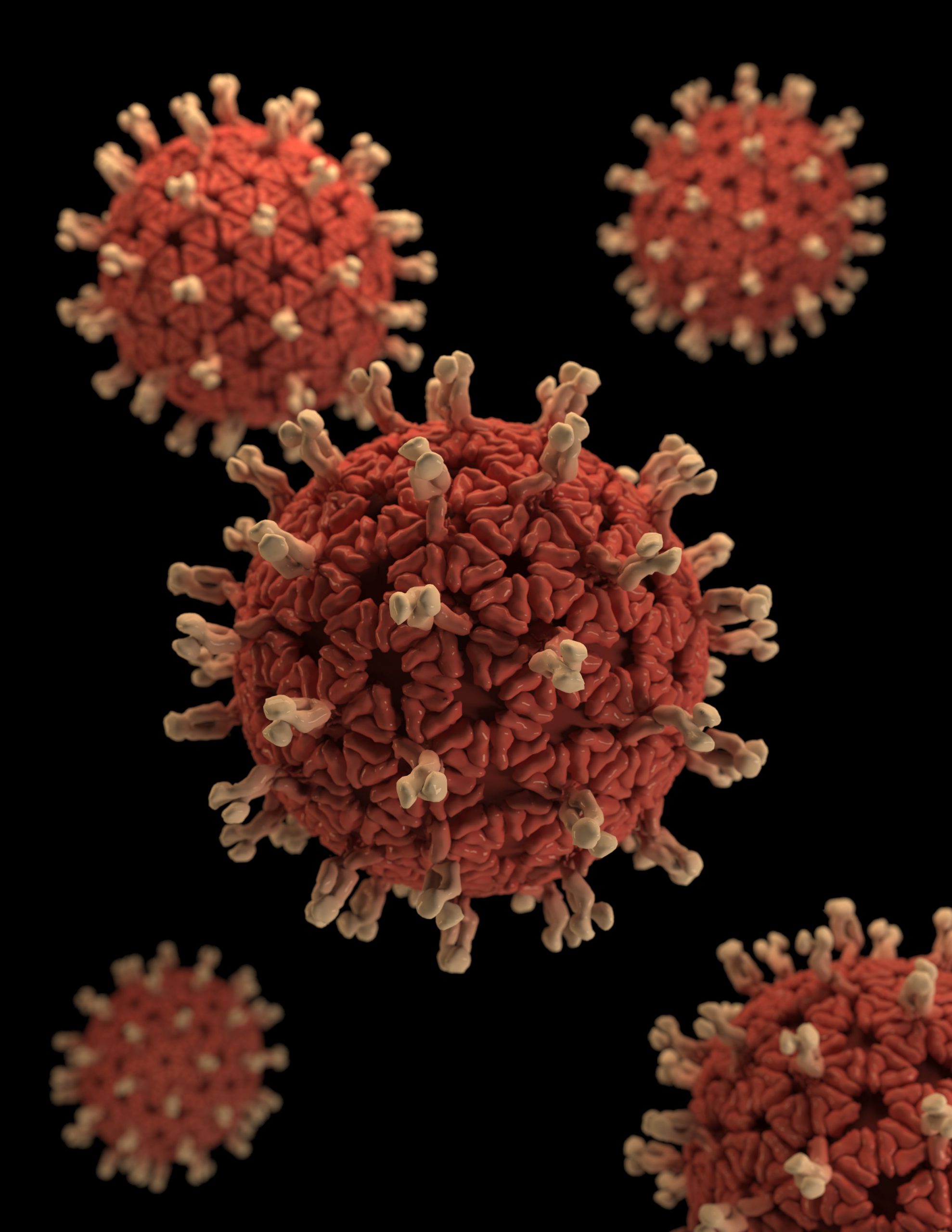Getting an infection is a big deal, which is why immediate treatment and recovery is necessary to prevent it from getting worse. Infections can be caused by a multitude of reasons—the most common of which are from bacteria and viruses.
Bacterial and viral infections are treated differently, so knowing what’s causing your ailments is the key to proper treatment. These types of infections can become major hazards if not treated immediately, which is why proper diagnosis should be done prior to taking a shot at treatment.
In order to ascertain their difference, knowing a bit about both infections can be beneficial.
Bacteria—What Are They?
Bacteria are microscopic single-celled microorganisms that come in different shapes, sizes, and structural features. They are incredibly resilient, capable of living in almost any environment, even in humans. Despite this, however, only a handful of bacteria are the cause of infections in people—and these are usually referred to as pathogenic bacteria.
How does a bacterial infection spread?
Bacterial infections are largely contagious, spreading sporadically from person to person through direct contact, bodily fluid exchange, and exposure to bacteria-infested items.
The most common ways for it to spread include the following:
- Touching or kissing a person with a bacterial infection
- Going in contact with bodily fluids of an infected person, either through sexual contact or through fluids expelled from coughing or sneezing
- Mother-to-child transmission during pregnancy and/or birth
- Contact to surfaces riddled with bacteria—such as doorknobs, handles, or other such implements—and touching your face
- Ingesting bacteria-laden food or drinks
Common Bacterial Infections
The most common bacterial infections are actually ones we may have encountered or have been infected with previously. These bacterial infections include the following:
- Urinary Tract Infection (UTI)
- Strep Throat (also called sore throat)
- Food poisoning
- Celulitis
Virus—What Are They?
Viruses, on the other hand, are also microorganisms that come in a highly varied number of shapes and sizes, much like bacteria. The main difference, however, is that these are parasitic—meaning they need living tissue to grow and thrive. These will use up their host’s cells to continue living, possibly even killing the host in the process of their growth.
How does a viral infection spread?
Just as with bacterial infections, viral infections are highly infectious and is spread through human contact. Several common methods of infection include:
- Close contact with a virally infected individual
- Exchange of bodily fluids, through sexual contact or through exposure to sneezing or coughing of an infected patient
- Mother-to-child transmission during pregnancy or birth
- Contact with contaminated spaces
- Ingesting food or drink that is virally contaminated
Common Viral Infections
We are highly familiar with a majority of viral infections and have probably treated them at some point. Some of the most common ones include:
- Influenza
- The common cold
- Chickenpox
- Measles
- Warts
The Difference
Both bacterial and viral infections are quite common in society, which is why many use them interchangeably. A common cold caused by a virus can be piggybacked by a bacterial infection, making your condition worse and lengthening your sickness.
Many people mistakenly believe that you can determine if it’s viral or bacterial dependent on the color of your mucus—this is in fact wrong. The most effective method for checking which is which, however, lies in a doctor’s diagnosis.
Viral sicknesses—like chickenpox or measles, for example—can be traced through your medical history. Failing that, however, the best way to check will be through sample testing and microorganism culturing.
By taking a diagnostic approach, the appropriate treatment can be done. Antibiotics, for example, are used for treating bacterial infections, but won’t work for viral ones. Unfortunately, very little treatment can be done for viral infections except for copious amounts of rest and OTC medicines for the symptoms.
Conclusion
By knowing the specifics of your sickness, you can treat your condition properly. Only with proper knowledge and information can you properly devise the best treatment plan for your situation.
For more up to date health news, tips, and guides, visit us online at Dose of Healthcare today!


















